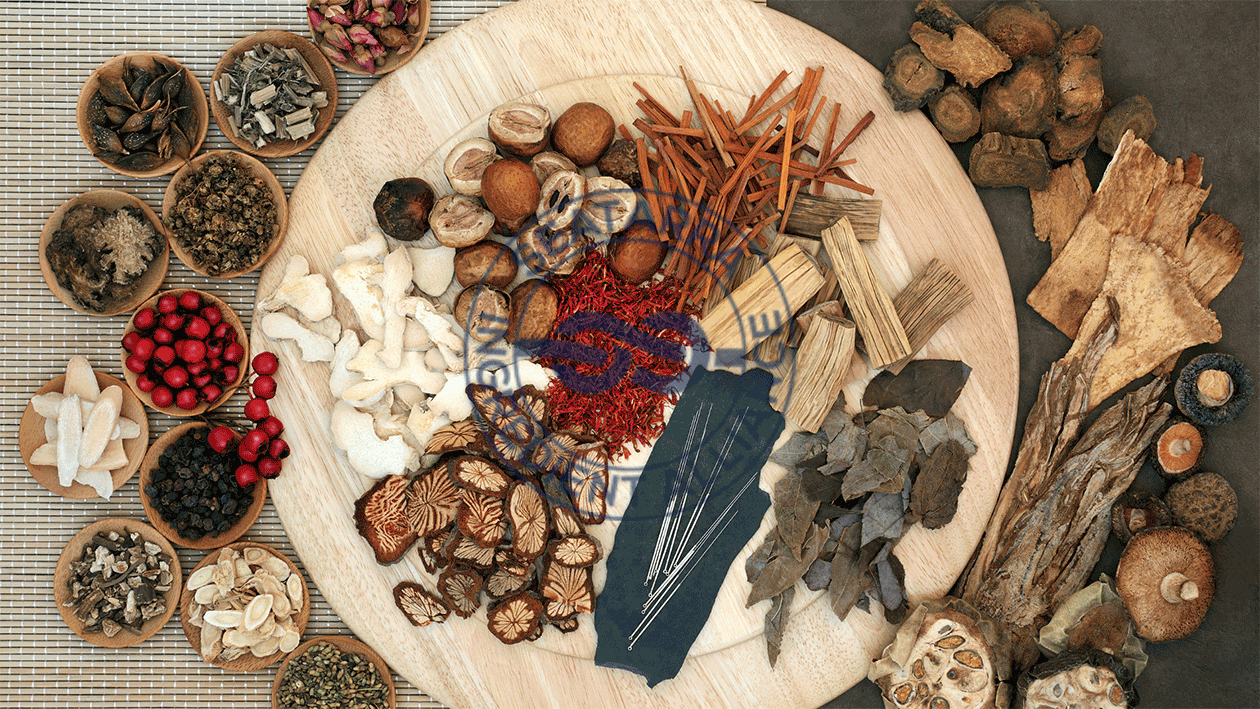
7 Ancient Herbs That Modern Science Approves
Herbal remedies are humanity’s oldest medicines, and their use spans across every culture and continent. In our age of advanced medicine, these ancient herbs have not been discarded by time; instead, they have been embraced and validated by rigorous scientific study. Here, we unearth the medicinal treasures of seven such herbs, each backed by the seal of modern research.
1. Ginkgo Biloba: The Memory Enhancer
An Eternal Presence
The ginkgo tree, with its fan-like leaves, has been a silent witness to the eons. Traditional Chinese medicine harnessed ginkgo’s leaves to concoct remedies for memory and concentration, a practice that seemed to imbue the elderly with the wisdom of the trees themselves.
Scientific Corroboration
Today, controlled studies have affirmed ginkgo’s ability to enhance cognitive function, particularly in individuals with dementia or Alzheimer’s. Its antioxidant properties protect delicate neural tissues, while its ability to improve circulation ensures that these tissues are well-nourished.
2. Ginseng: The Vigor Vitalizer
Root of Resurrection
In ancient Korea and China, ginseng’s rarity and shape, akin to a human body, bestowed it with a mystical quality. It was said to bring the dead back to life, such was its vitality-boosting reputation.
Science’s Stamp of Approval
Ginsenosides, unique compounds found in ginseng, have shown promise in enhancing physical endurance and mental function. Research has also indicated ginseng’s potential in modulating blood sugar levels and even combating erectile dysfunction.
3. Ashwagandha: The Stress Slayer
The Warrior Herb
Ashwagandha, whose name alludes to the strength of a horse, was believed to imbue those who consumed it with the power and virility of a stallion. It was the herb of warriors and scholars alike, touted to increase stamina and sharpen the mind.
Validated by Studies
Clinical research has illuminated ashwagandha’s adaptogenic qualities, showcasing its ability to reduce stress hormone levels, combat anxiety, and promote a sense of well-being. Its potential anti-cancer properties are also a subject of current research, as are its effects on male fertility.
4. Echinacea: The Immune Booster
The Great Plains’ Medicine
The vast prairies of North America were once covered in the purple blooms of echinacea. Native Americans relied on it for more than just physical healing; it was a spiritual balm for the sick and a ward against evil spirits.
Endorsement by Research
Modern clinical trials have brought to light echinacea’s role in immune function. Its ability to reduce the length and severity of colds has been particularly noted, though its effectiveness may vary from person to person.
5. Holy Basil: The Holistic Healer
The Queen of Herbs
In India, no plant is as sacred as holy basil. Revered as an earthly manifestation of the goddess Tulsi, it was believed to be a protector of life, sanctifying both the body and the soul.
Clinically Recognized
Recent studies have highlighted holy basil’s stress-reducing effects, indicating that its regular consumption might lower blood pressure and blood sugar levels. Its broad antimicrobial activity has made it a subject of interest as a natural preservative and a potential therapeutic agent against various pathogens.
6. Milk Thistle: The Liver’s Shield
Guardian of Vitality
Milk thistle has been depicted in ancient texts and artworks, often associated with strength and protection. Medieval herbalists prescribed it for liver ailments, and its thorny exterior was thought to reflect its protective qualities.
Evidence-Based Efficacy
Silymarin, the active ingredient in milk thistle, has been the focus of numerous studies for its liver-protective effects. Its antioxidant action is known to help regenerate liver cells and protect against hepatotoxic substances, including alcohol.
7. Lavender: The Soothing Essence
A Scent Through Time
Lavender’s purple fields have been a balm for the human spirit since ancient times. Its fragrance filled the Roman baths, and its oils anointed the bodies of Egyptian pharaohs. It was more than a perfume; it was a medicine for the mind.
Affirmed by Modern Medicine
Research has demonstrated lavender’s efficacy in reducing anxiety and improving sleep quality. Its essential oils are widely used in aromatherapy to induce relaxation and are even used in clinical settings to alleviate preoperative stress.
Integrating Ancient Herbs in Modern Wellness Practices
Adopting these herbs into modern life extends beyond supplementation; it’s about weaving a thread of ancient wisdom through the fabric of our daily routines. Incorporating herbal teas into our diet, using essential oils for relaxation, and taking herbal supplements can all be ways to harness the power of these plants.
Navigating with Care
Even with the backing of science, herbs must be used wisely. They are potent and complex, and their interactions with medications or conditions like pregnancy must be navigated with knowledge and care. This is where modern medicine provides its invaluable guidance—ensuring that the ancient and the contemporary can coexist safely and effectively.
Sustainable Use and Preservation
As we embrace these botanicals, we must also commit to their preservation. Sustainable cultivation and ethical sourcing are essential, ensuring that these plants can continue to provide their benefits without depleting natural resources.
Conclusion
These seven herbs represent a legacy of healing that has transcended the boundaries of time. They remind us that the natural world holds profound secrets for health and wellness—secrets that we are only beginning to fully understand through the lens of modern science. As we continue to explore these ancient remedies, we do so with a sense of reverence for the past and hope for future discoveries that will continue to blend the best of both worlds.



